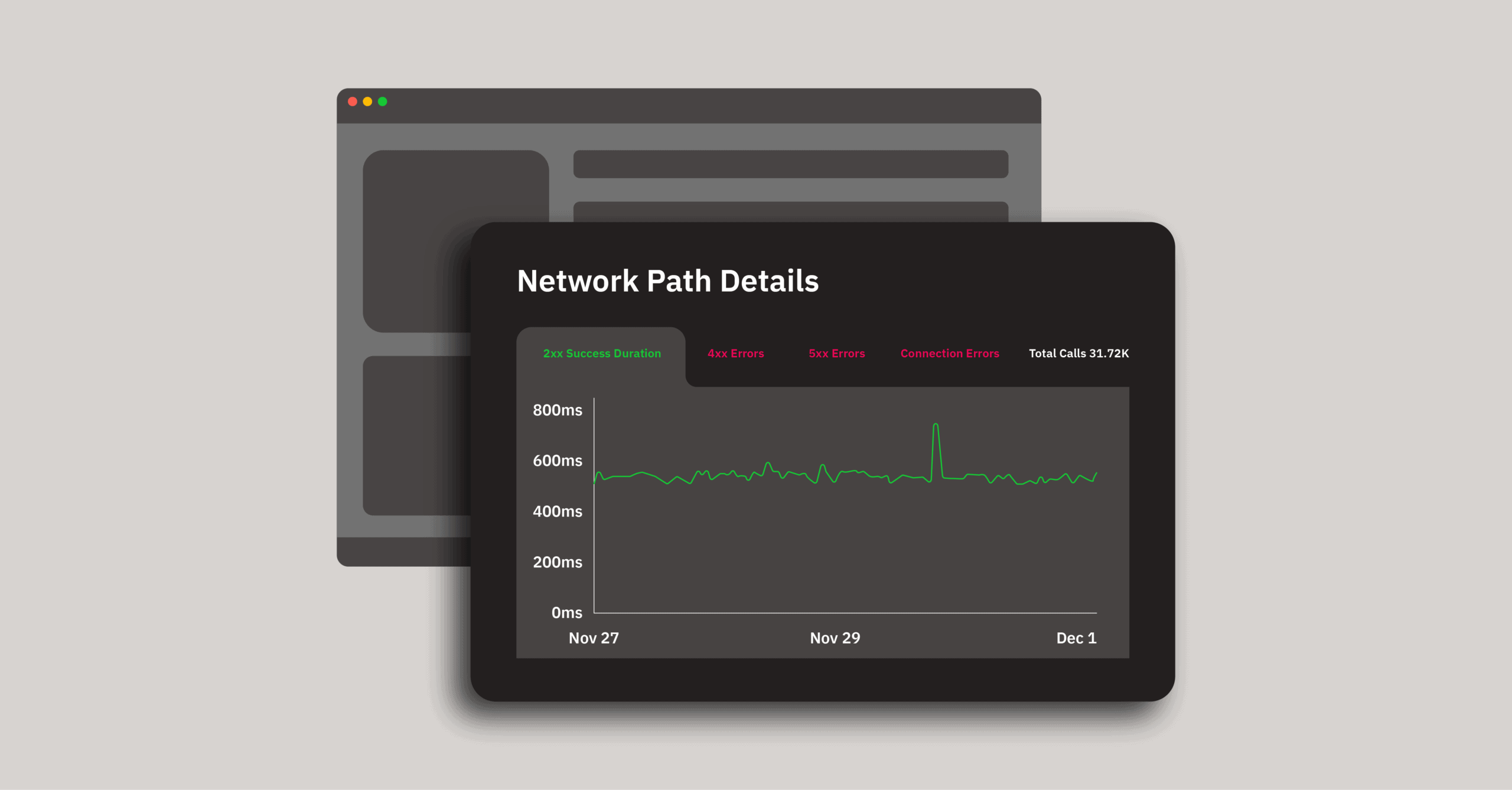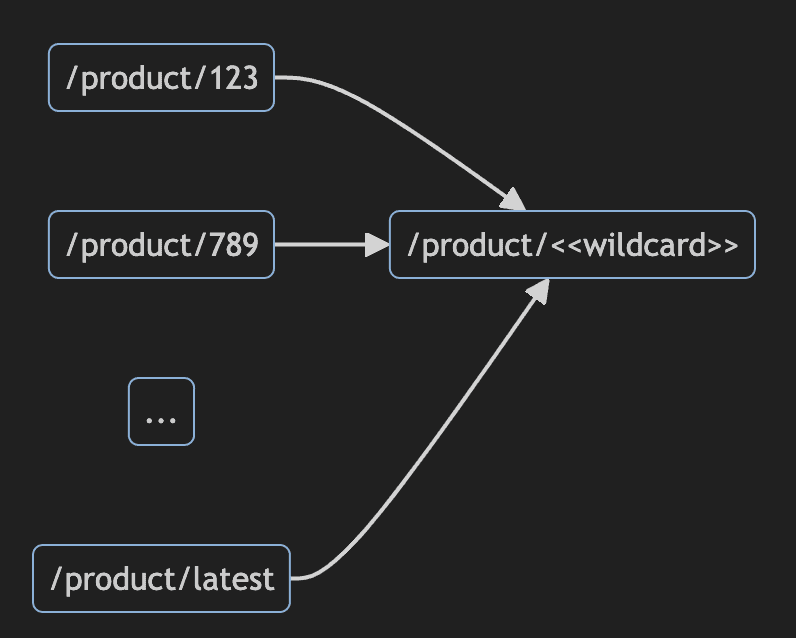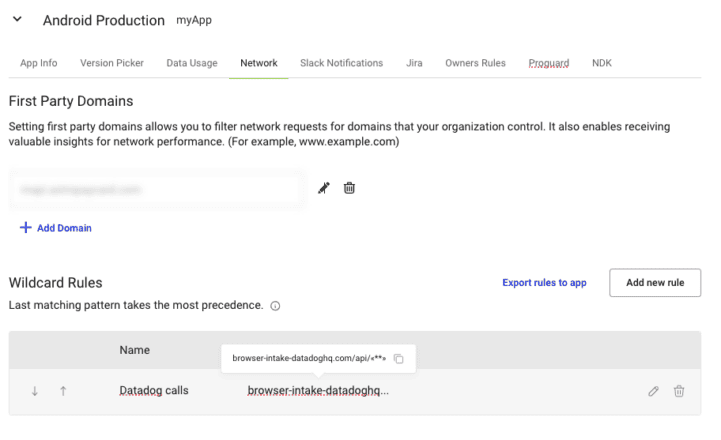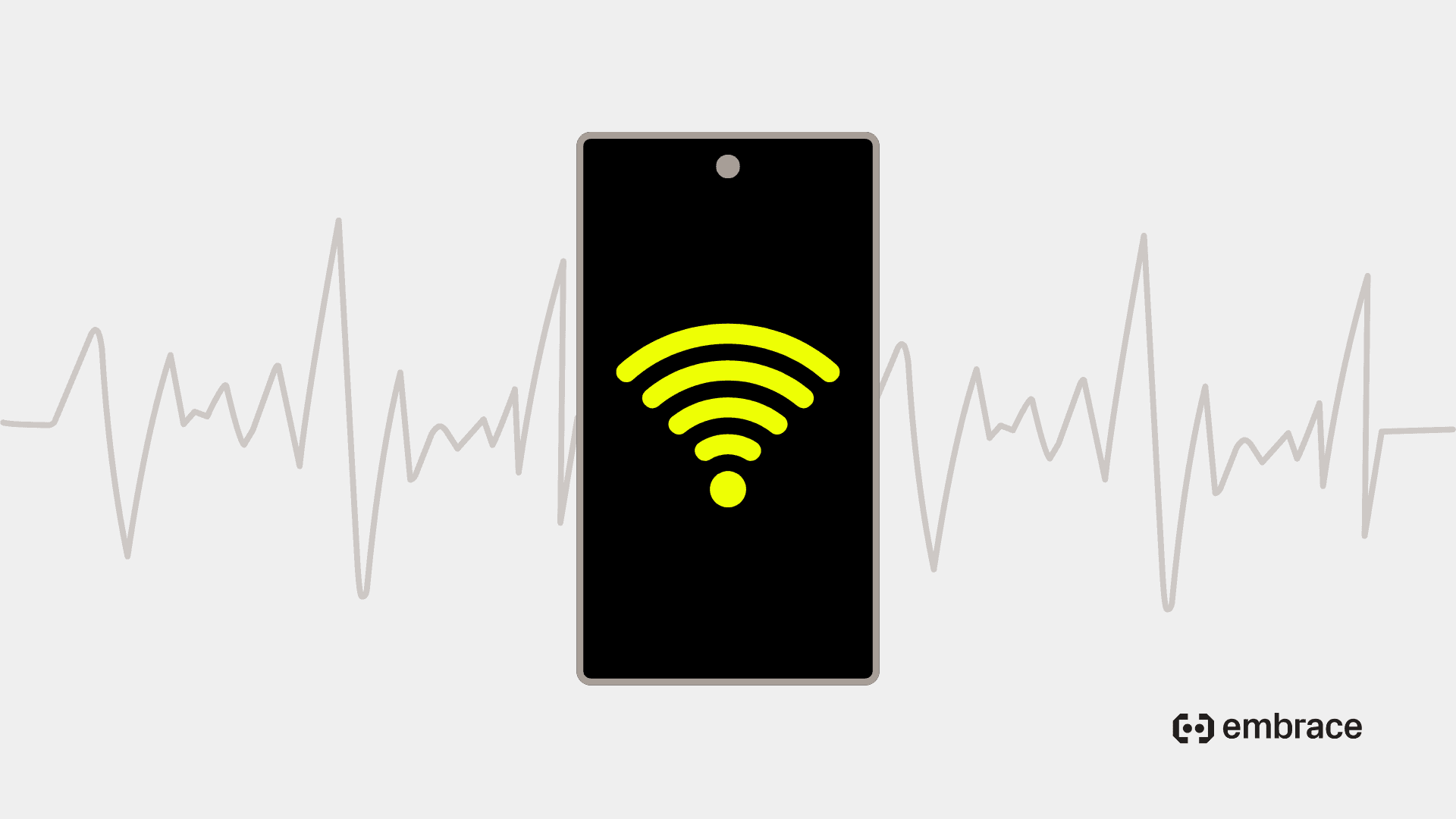
Embrace has an exciting new dashboard capability in the wild world of network requests: the Endpoint Grouping feature. Mobile developers and SREs know the pain points that come with observing network endpoints. By rolling up many endpoints into a few groups, they can monitor networking more efficiently and build better APIs.











